No One Knows What To Expect in a War Zone
Photojournalist Michael Nigro reflects on his travels through Ukraine while documenting the supply chain to volunteers that begins here in the United States.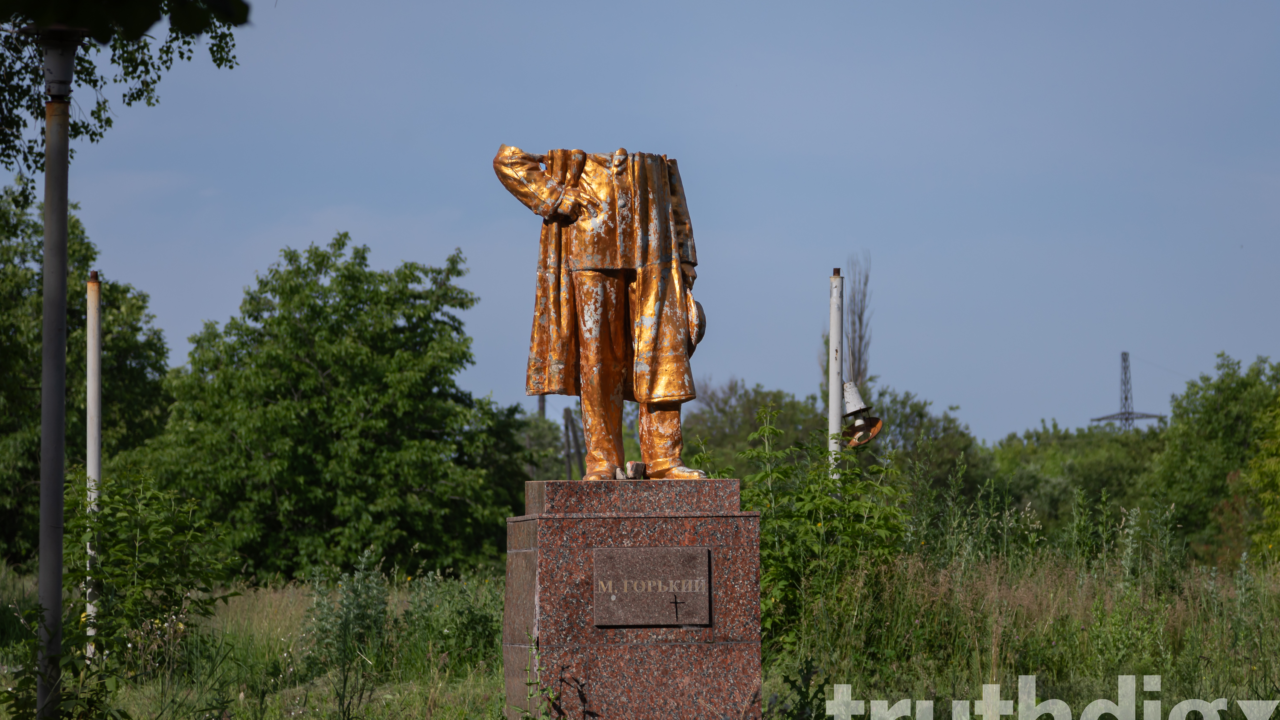 A headless statue of the famed Russian writer Maxim Gorky seen near the city center of Chasiv Yar. Image: Michael Nigro
This is Part I of the "Fragments of Ukraine" Dig series
A headless statue of the famed Russian writer Maxim Gorky seen near the city center of Chasiv Yar. Image: Michael Nigro
This is Part I of the "Fragments of Ukraine" Dig series
War, by its very nature, breaks things. Cities, highways, societies, hearts, limbs and lives.
The dispatches that make up this series are puzzle pieces to a story about a sabotaged country and the people fighting for its sovereignty. During my roughly 1,000-mile trek, much of it along the unforgiving landscape of the southern and eastern frontlines, I sought to make sense of the barbarity of war. Sometimes these fragments fit together, but mostly they did not.
My assignment was to document humanitarian supply runs to specific units near the frontlines. We moved fast. Sometimes making a drop and then leaving for safety reasons; other times, soldiers didn’t want to be filmed or photographed. Often, I would have a mere handful of minutes to speak to someone, such as the American frontline medic who left the ongoing battle of Avdiivka to personally pick up tourniquets because the ones she was getting were low quality and would break, causing the injured to bleed out and die.
In a war zone, obstacles are frequent and unpredictable, introducing risk to seemingly normal events. On the very first morning while traveling toward the frontline in Donbas, my driver and supply runner throughout the assignment, a U.S. Marine veteran from California who goes by his military codename “Owl,” expressed a candid and, appropriately enough, owlish sentiment that set the tone for the rest of my travels. “Anyone who says they know what they are doing in a war zone is fooling themselves,” he said, “Everything here is freshly crazy.”
He was right. Air raid sirens whine unpredictably, roads are mined, traffic signage is deliberately redacted to confuse the invading Russian forces, overhead drones conduct surveillance and track cellphones, checkpoints refuse access to the press. No money for gas, faulty equipment, a car breaks down (R.I.P. “War Horse,” our Hyundai Galloper).
Those featured in the documentary “Fragments of Ukraine: 5 Stories of the DIY Supply Chain” are, no doubt, committed to Ukraine’s independence and, in their own way, dedicated to helping save lives and ending the war.
“Anyone who says they know what they are doing in a war zone is fooling themselves.”
Some are Ukrainians who have put their lives on hold, like Sasha, a 26-year-old molecular biology graduate student, who spends her days amassing medical supplies for soldiers on the frontlines. There are foreigners, too, humanitarians and soldiers and medics. Some of them have picked up their lives in the U.S. or Canada or England and have moved to Ukraine. Why? I’m not sure they can even truly articulate the reason.
But each of them, to varying degrees, carries a gritty, ad hoc tenacity within them. Perhaps being in a war zone brings that out in people. I found it in many of those I have met during my three trips to cover the war. A common trait.
Each of the men and women interviewed here could be the subject of their own documentary. This film (and the stories in this series to follow) only scratches the surface of their struggles. I am indebted to each individual who granted me a glimpse into their fragment of Ukraine “where everything is freshly crazy.”
Independent journalism is under threat and overshadowed by heavily funded mainstream media.
You can help level the playing field. Become a member.
Your tax-deductible contribution keeps us digging beneath the headlines to give you thought-provoking, investigative reporting and analysis that unearths what's really happening- without compromise.
Give today to support our courageous, independent journalists.
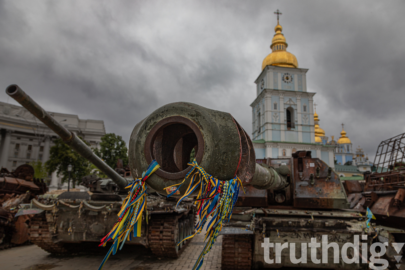
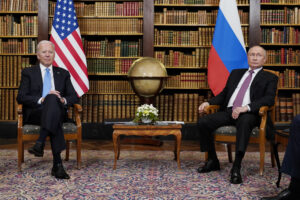

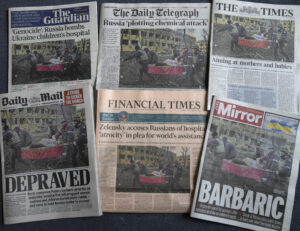
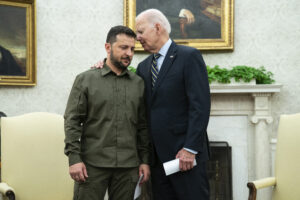


You need to be a supporter to comment.
There are currently no responses to this article.
Be the first to respond.